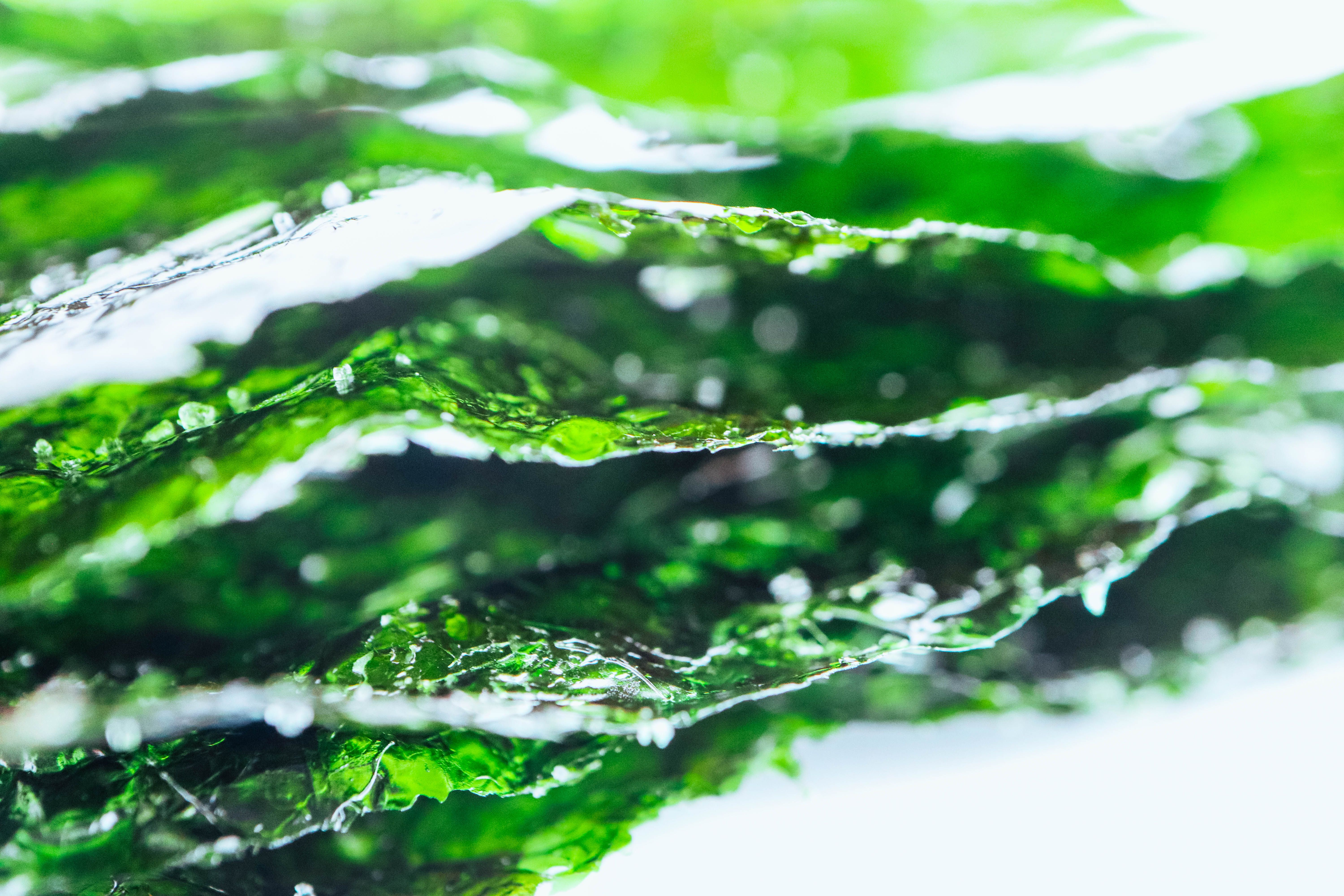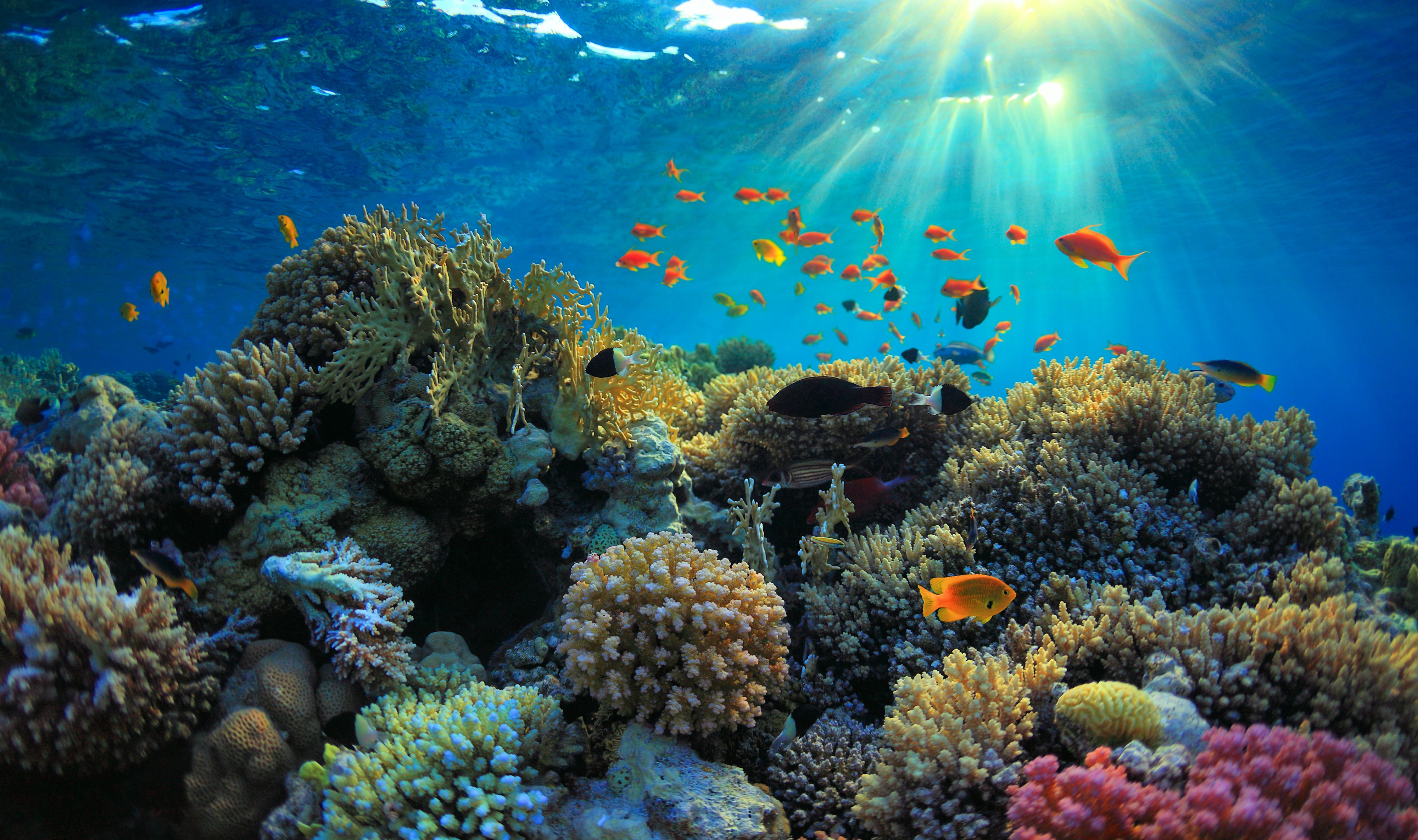Exploring Sea Lace: The Unique World of Chorda filum
Introduction to Chorda filum
The ocean is a vast and mysterious place, teeming with life forms that intrigue scientists and nature enthusiasts alike. Among these fascinating marine organisms is Chorda filum, commonly known as sea lace. This unique type of brown algae, often found in the shallow waters of the North Atlantic, offers a captivating glimpse into the diversity of marine ecosystems.
Sea lace is recognized for its long, slender appearance, resembling strands of spaghetti floating gracefully in the water. This distinctive morphology not only contributes to its name but also plays an important role in its ecological function.

Habitat and Distribution
Chorda filum thrives in cold, temperate waters, predominantly across the coastal regions of the North Atlantic Ocean. It is commonly found in areas with rocky substrates, where it can anchor itself securely. This species prefers shallow waters, often growing at depths ranging from the intertidal zone down to 20 meters.
The presence of sea lace in these ecosystems is vital. It provides both habitat and nourishment for a variety of marine organisms, from tiny invertebrates to larger fish species that rely on the algae for shelter and food.
Ecological Importance
Sea lace plays a crucial role in maintaining the health of marine ecosystems. Its dense mats provide shelter for small marine creatures, offering protection from predators. Additionally, Chorda filum contributes to the overall productivity of its environment by participating in nutrient cycling and serving as a food source for herbivorous marine life.
Furthermore, this algae aids in stabilizing the substrate it inhabits, reducing erosion and maintaining the integrity of the coastal ecosystem. Its presence can indicate a healthy marine environment, as it typically thrives in areas with good water quality and balanced ecological conditions.

Unique Characteristics
Chorda filum is distinct not only for its appearance but also for its reproductive strategies. This species reproduces through both sexual and asexual means, ensuring its persistence across varying environmental conditions. Its adaptability is a testament to its resilience in the face of changing oceanic climates.
The algae's structure is also noteworthy. The flexible, elongated form allows it to withstand currents and waves, while its ability to photosynthesize efficiently supports its growth even in low-light conditions prevalent in deeper waters.
Human Uses and Potential
While sea lace may not be as well-known as other commercially harvested seaweeds, it holds potential for various applications. Researchers are exploring its use in biotechnology, particularly in fields like biofuel production and bioremediation. Its high nutrient content also makes it a candidate for use in aquaculture and as a natural fertilizer.
Moreover, the aesthetic appeal of sea lace has inspired artists and designers, who incorporate its unique texture and form into their work. This fusion of nature and creativity highlights the broader cultural significance of marine flora.
Conservation Concerns
Despite its resilience, Chorda filum faces challenges from environmental threats such as pollution, habitat destruction, and climate change. Conservation efforts are essential to protect these vital marine environments and ensure the survival of species like sea lace. Preserving water quality and minimizing human impact on coastal ecosystems are critical steps toward achieving this goal.
By understanding and appreciating the role of sea lace within marine ecosystems, we can foster greater awareness and support for conservation initiatives that safeguard our oceans for future generations.
